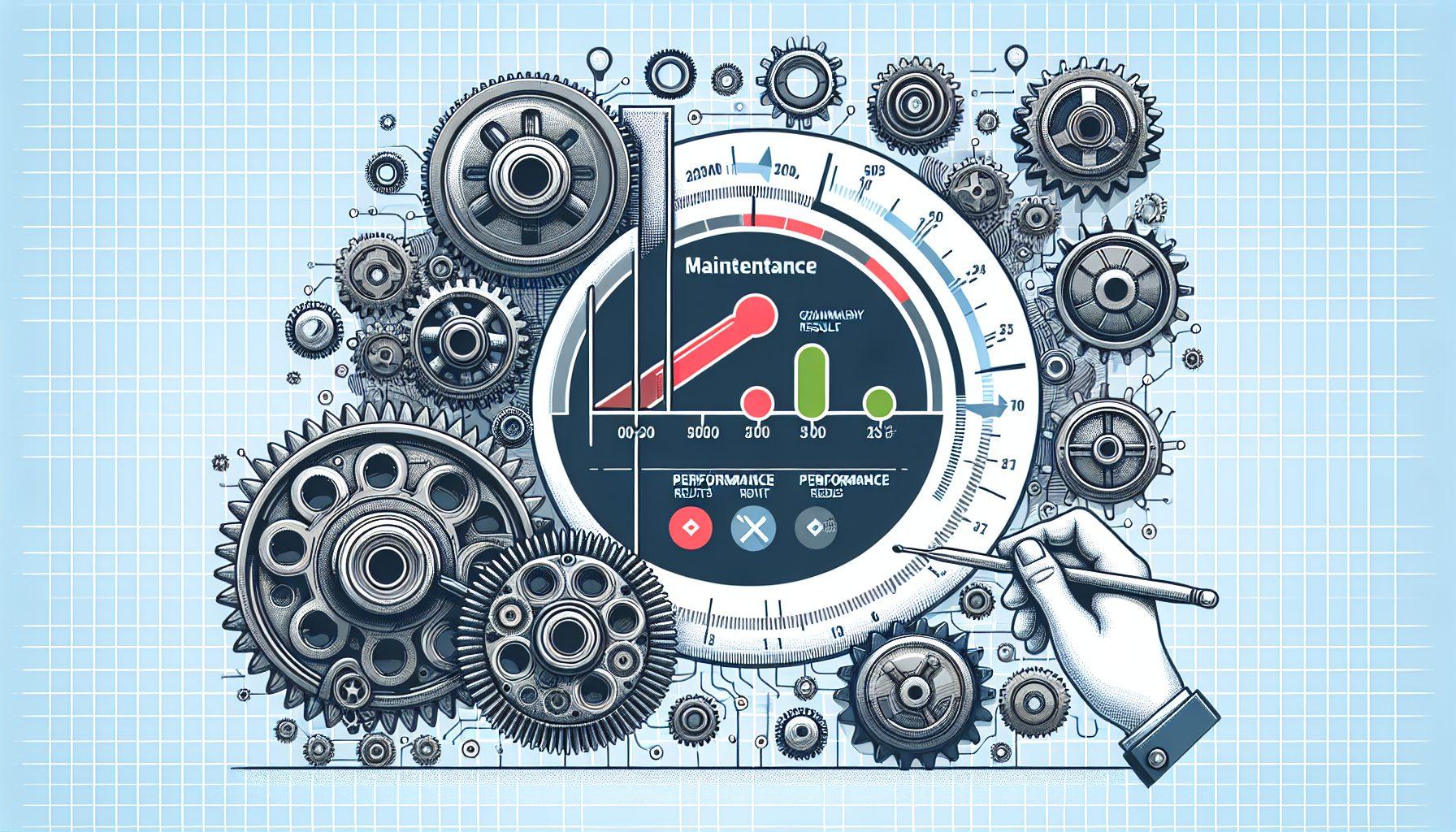When it comes to running a warehouse efficiently, one of the key factors that can greatly impact productivity and cost-effectiveness is the performance of the equipment. Whether it’s forklifts, conveyor systems, or automated machinery, maintaining and optimizing equipment performance is crucial for the smooth operation of a warehouse.
Why is Equipment Performance Important?
Optimal equipment performance is vital to ensure that warehouse operations run smoothly and efficiently. When equipment malfunctions or experiences downtime, it can lead to disruptions in the workflow, delays in order fulfillment, and increased costs. On the other hand, well-maintained equipment can improve safety, productivity, and overall efficiency within the warehouse.
One of the key aspects of equipment performance is regular maintenance. Proper maintenance of warehouse equipment helps in identifying and addressing any potential issues before they escalate into major problems. Regular inspections and servicing can minimize the risk of breakdowns and prolong the lifespan of the equipment.
Here are some key reasons why maintenance plays a crucial role in equipment performance:
1. Safety
Maintaining equipment at optimal performance levels is essential to uphold a safe working environment in the warehouse. Regular maintenance helps identify and rectify potential safety hazards such as faulty brakes, malfunctioning sensors, or worn-out parts. By addressing these issues promptly, the risk of accidents and injuries can be significantly reduced.
2. Productivity
Efficient equipment ensures smooth operations and increased productivity in the warehouse. Regular maintenance prevents unexpected breakdowns and minimizes downtime. When equipment is well-maintained, it functions at optimal levels, allowing warehouse operations to run smoothly without interruptions.
By addressing potential issues proactively, equipment performance can be optimized, reducing the chances of unplanned downtime. This, in turn, leads to increased productivity and a more efficient workflow.
3. Cost-Effectiveness
Maintaining equipment in good working condition helps avoid costly repairs or replacements. Regular maintenance can help identify small issues early on before they turn into bigger and more expensive problems. By addressing these smaller issues promptly, the need for costly repairs or replacements can be minimized.
Additionally, well-maintained equipment tends to operate more efficiently, using less power and reducing energy costs. Efficient equipment also minimizes the risk of product damage, further contributing to cost savings.
4. Equipment Longevity
Regular maintenance significantly extends the lifespan of warehouse equipment. By addressing minor issues and conducting routine inspections, the overall wear and tear on the equipment can be reduced. This leads to increased longevity and avoids premature failure of critical components.
Regular maintenance also allows for timely replacements of worn-out parts, preventing them from causing further damage to the equipment. With proper care and maintenance, warehouse equipment can serve the business for a longer time, reducing the need for frequent replacements or upgrades.
How to Maintain Equipment Performance
To ensure optimal equipment performance, it is crucial to establish a comprehensive maintenance plan. Here are some key steps to maintain equipment performance:
1. Regular Inspections
Perform regular inspections of all warehouse equipment to identify any potential issues. This includes checking for wear and tear, loose connections, leaks, or any signs of malfunction. Inspections can be scheduled on a daily, weekly, or monthly basis, depending on the type of equipment and its usage.
2. Routine Servicing
Establish a routine servicing schedule to address any identified issues and perform preventive maintenance tasks. This can include lubrication, replacing worn-out parts, calibrating sensors, or updating software for automated machinery.
3. Training and Education
Ensure that warehouse staff is provided with proper training and education on equipment operation and maintenance. This helps in identifying early signs of potential issues and encourages proactive maintenance practices. Training can include basic troubleshooting techniques, recognizing unusual machine behaviors, and understanding maintenance protocols.
4. Utilize Technology
Take advantage of technology to streamline maintenance processes. Utilize computerized maintenance management systems (CMMS) to schedule inspections, track equipment performance, and generate maintenance reports. This helps in better organizing maintenance tasks and ensuring regular upkeep of warehouse equipment.
To ensure the best possible maintenance practices, consider partnering with a trusted warehouse optimization solution provider like HCO Innovations. Their expertise in material handling equipment management can help enhance maintenance processes, optimize equipment performance, and improve overall warehouse efficiency.
Remember, regular maintenance is key to maintaining optimal equipment performance. By investing time and resources in proper maintenance practices, businesses can ensure safe, productive, and cost-effective warehouse operations.
Learn more about how HCO Innovations can help optimize your warehouse through effective equipment management.

